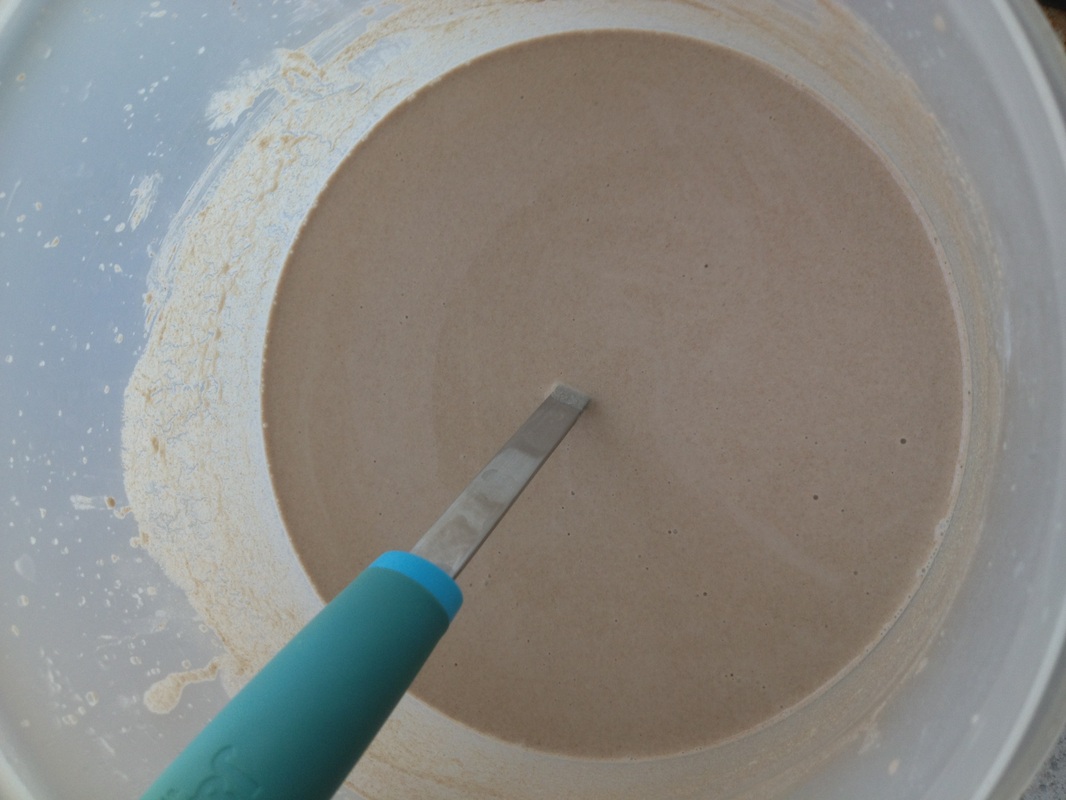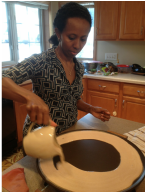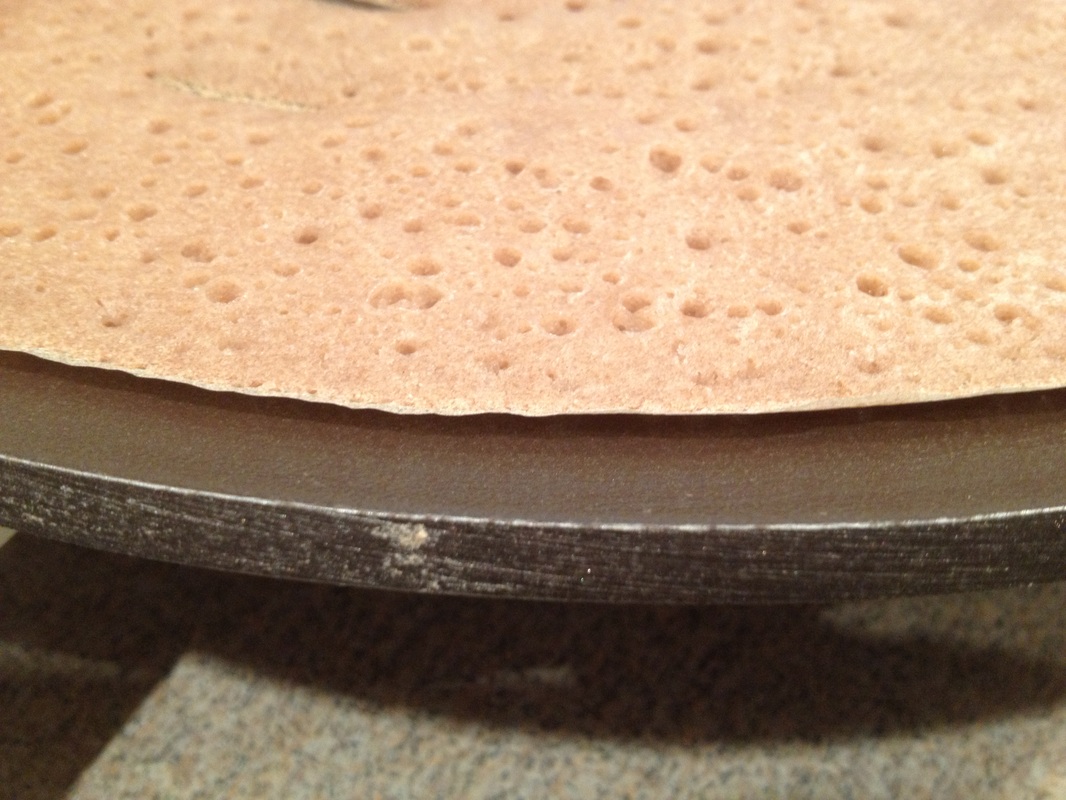TEFF ONLY INJERA
STEP ONE
1. Prepare 2 c. of starter, using the starter recipe in our cookbook "You Can Make Injera". Change the starter recipe so that all the flours used to make the starter are replaced with teff. You can use a mix of ivory and brown teff (we use an equal amount of both) or you can use only brown or only ivory.
2. Mix your 2 c. of starter with 5 c. of teff (again, we use 1/2 brown and 1/2 ivory - you can use any combination). Add 5 c. of warm water and hand mix until the batter is nice and smooth, as described in our cookbook.
3. Cover the batter with a well sealing lid and let the batter sit for 24-36 hours. If the weather is humid, we advise 36 hours.
STEP TWO (Our video link demonstrates this step! Making Absit )
4. Boil 1 c. of water
5. Remove 1/4 c. of batter from your container. Slowly add the 1/4 c. batter to the boiling water using a whisk. This step is referred to as making "absit." (See video! The video is super helpful!)
6. Slowly add the absit to your batter. Seal with a tight sealing lid.
7. Let this sit for 12 hours. (We suggest you do STEP TWO in the evening so your injera is ready to make in the morning).
STEP THREE
8.Remove the lid from your batter, mix the batter well, especially if water has separated a bit to the top of the batter. Your batter should be similar to pancake batter.
9. Heat your mitad to hot and the batter is ready to pour! See video!
*Remember to remove 2 cups of this batter as it is now your starter for your next batch of injera!
** TIP: If your injera isn't producing nice eyes or isn't bubbley -- you might try adding a pinch (just a pinch) of baking soda to your batter to activate the yeast. Everyone has an occassional 'fail' at injera -- this will help you out!
You can order our cookbook on Lulu here.
You can join our "You Can Make Injera" Facebook Page here,
If you love our all teff recipe, and you'd like to show your appreciation and support of our work, please consider making a donation to Clinic At A Time. Thank you!




 RSS Feed
RSS Feed